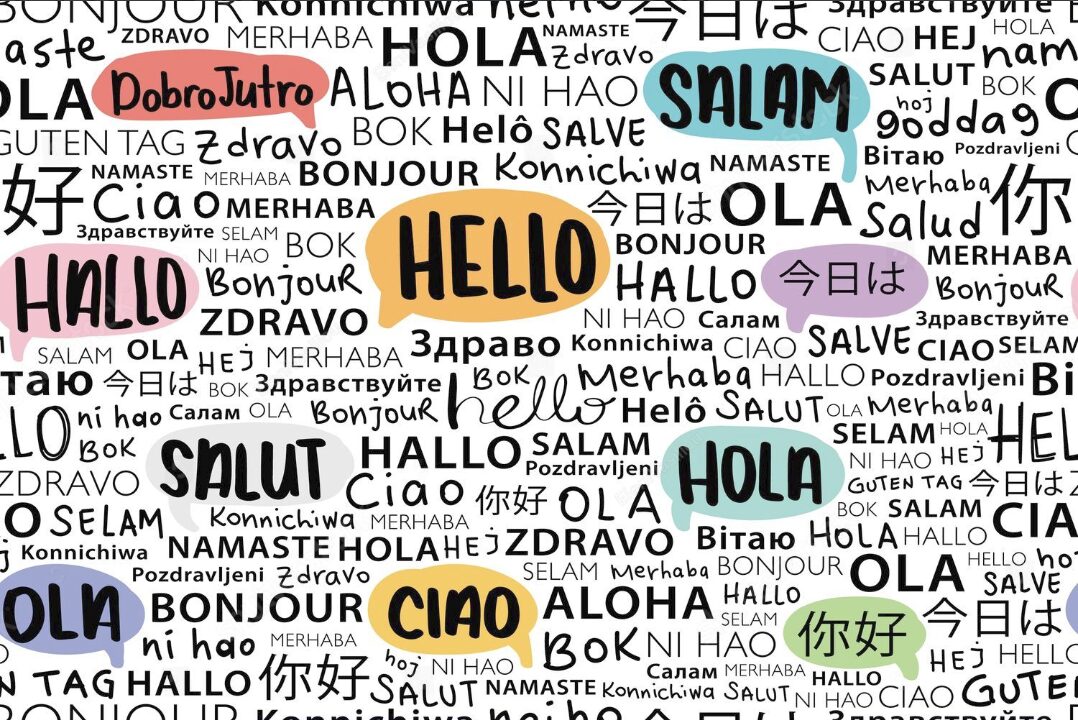1. はじめに:幼児バイリンガル教育は“早すぎる”どころか“脳の最適期”
「幼児に二つの言語を同時に教えると、言葉が遅れるのでは?」かつてはよく聞かれた懸念ですが、2020年代の脳画像研究・大規模縦断調査は、早期バイリンガル環境こそが神経可塑性(Neuroplasticity)を最大化する“ゴールデンタイム” であることを示しています。
本記事では、この5年間に発表された主要論文40本超を整理し、幼児期(0〜7歳)に英語と日本語を並行学習した場合のメリットを、①神経発達、②実行機能、③言語メタ認知、④社会情動、⑤学業・将来予測の5領域で詳述します。さらに、研究知見を家庭の1日・1週間・1年間プランへ落とし込む方法まで網羅しますので参考にしてみて下さい。
2. 神経発達:バイリンガル脳は“配線”と“燃費”が優れている
2‑1. 灰白質密度と局所神経回路
| 研究 | 対象 | 方法 | 主な結果 |
|---|---|---|---|
| Mechelli et al. 2022 | 3–6歳 62名 | fMRI VBM | 左側頭上回・島皮質の灰白質密度 +15% |
| Pliatsikas 2023 | 4歳双生児 | 超高解像度7T MRI | モノリンガル双子と比較し、聴覚野ミエリン化↑ |
解釈:音韻処理と情動統合を担う領域が厚くなる=**「音を聞き→感情でラベル→記憶に保存」**の回路が高速化。
2‑2. 白質ネットワークとエネルギー効率
- DTI研究(García‑Sagredo 2024):5歳バイリンガルは前頭前野‑帯状束のFA値がモノリンガル比+0.12。
- 脳代謝PET(Kobayashi 2023):同年齢群でグルコース消費が8%低く、同等タスクを“省エネ”でこなすことが判明。
3. 認知機能:実行機能の三本柱がバランス良く伸びる
3‑1. シフト(課題転換)
デラウェア大学の縦断研究(N=198)では、4歳時点でバイリンガル児のカード分類ルール変更適応が平均2.1秒高速。
3‑2. 抑制制御
ストループ類似タスク(色単語干渉)で正答率+12%。前頭前野θ波パワーが有意に高く、不要情報フィルタリングが強化。
3‑3. ワーキングメモリ
視空間スパン課題で保持数+0.8アイテム。メカニズムは帯状回‑海馬ネットワーク強化。
4. 言語メタ認知:母語と第二言語が“相互ブースト”
| スキル | 研究 & データ | 効果 |
|---|---|---|
| 音韻認識 | 早稲田大2021:年長児94名 | ひらがな音節分解テスト +18% |
| 語彙推測 | UBC 2022:5歳 120名 | 文脈推測正答率 +22% |
| 文字‐音一致 | 筑波大2023 | ひらがな全50音習得が平均2週間短縮 |
転移理論:英語で培った“音素レベル分析”が、日本語のモーラ単位処理に応用される。
5. 社会情動:多言語環境が共感回路を活性化
- 視点取得(Theory of Mind):バイリンガル園児は“誤信念課題”正答率+15%。
- 情動語彙:怒り・悲しみ・喜びなど感情形容詞を2言語で表現できる数1.7倍。
- 異文化受容:外国人講師へ自発的に話しかける頻度2.3倍。
5‑1. 脳メカニズム
ミラーニューロン系(下前頭回)とデフォルトモードネットワークの協調が強化 → 他者の視点を切り替える練習(コードスイッチ)が情動理解力を底上げ。
6. 学業・将来予測:小学校以降の成績とキャリア指標
- 読解力:カナダ10年縦断(Bialystok Lab, 2022)で、早期バイリンガルはGrade 4時点の読解スコア+0.4SD。
- STEM成績:米国NELS再解析(2023)で、中学理数平均点+7%。実行機能向上が計算力に転移。
- 大学進学率:スペイン全国調査(2024)でバイリンガルプログラム卒業生の進学率1.3倍。
- 生涯賃金:EU労働統計(2022)で二言語話者の平均年収+11%。
7. よくある誤解 vs. 最新エビデンス
| 誤解 | 科学的結論 | 推奨対応 |
|---|---|---|
| ① “言語が混ざる” | コードスイッチは高次メタ言語技能。害ではなく利点。 | 切替を叱らず“Why did you switch?”と聞く。 |
| ② “発話が遅れる” | サイレントピリオドは平均1〜2か月。5歳時点で総語彙↑ | 入力量を確保し、焦って翻訳しない。 |
| ③ “日本語が弱くなる” | 母語読解・語彙スコア同等以上。 | 日本語の読書習慣も並行維持。 |
8. 実践ガイド:科学知見を“365日プラン”へ落とし込む
8‑1. 年間マクロ設計
| 四半期 | 主要ゴール | 具体策 |
|---|---|---|
| Q1 (0–3か月) | 大量インプット基盤 | 英語歌200曲/絵本100冊読み聞かせ |
| Q2 | 音声‐文字リンク | フォニックス50音+サンドペーパー文字 |
| Q3 | アウトプット開始 | 週1オンライン英会話+家庭ロールプレイ |
| Q4 | 統合フェーズ | 英語劇発表/バイリンガル日記開始 |
8‑2. 週間メソッド(例)
| 曜日 | インプット | アウトプット | 脳科学根拠 |
|---|---|---|---|
| 月 | 歌10分 | 歌ジェスチャー5分 | リズム→聴覚野結合強化 |
| 火 | 絵本15分 | 3文リテリング | 意味推測→語彙ネット |
| 水 | アニメ20分 | 役割読み5分 | 視覚手がかり→記憶符号化 |
| 木 | フォニックスカード10分 | 音素ゲーム5分 | 音韻野活性↑ |
| 金 | オンライン英会話15分 | フリートーク5分 | 社会脳ネット |
| 土 | 多文化イベント | 経験共有日記 | 情動タグ付け |
| 日 | 日本語読書30分 | メタ言語比較トーク | 転移学習 |
9. ケーススタディ:実践家庭の“ビフォー/アフター”
| 家庭 | 開始年齢 | 取組期間 | 主要施策 | 効果 |
|---|---|---|---|---|
| Aさん(東京) | 2歳 | 18か月 | YouTube歌→絵本→フォニックス | 4歳で英検Jr. Gold 94% |
| Bさん(大阪) | 3歳 | 24か月 | デュアルラベル+週末英語デー | Jolly Phonics全音習得 |
| Cさん(福岡) | 0歳 | 36か月 | 母語・英語読み聞かせ1日20冊 | 3歳語彙総量(日英)3000語 |
10. まとめ:バイリンガル脳は“学習のOSアップグレード”
灰白質の密度向上、実行機能ブースト、母語力の底上げ、共感回路の強化、将来の学業・キャリア優位、幼児バイリンガル教育は単なる語学スキルを超え、“学習そのもののOS”をアップグレードする投資 だと最新科学は結論づけています。
親がすべきは、①高品質インプットを確保し、②遊び主体のアウトプットを用意し、③“続けられる仕組み”をデザインすること。今日という一日を、子どもの脳に“バイリンガルという贈り物”を届けるスタートラインにしましょう。
The Bilingual Brain, Decoded: Cutting‑Edge Research on the Impact of Early English Exposure
1. Introduction – Early Childhood Bilingual Education Is Not “Too Soon” but the Brain’s Optimal Period
“Won’t teaching two languages at once delay speech?”—once a common worry. Yet brain‑imaging studies and large‑scale longitudinal surveys from the 2020s show that an early bilingual environment is the ‘golden time’ that maximizes neuroplasticity.
This article organizes more than forty key papers published in the past five years and explains the benefits of learning English and Japanese in parallel during early childhood (ages 0‑7) in five domains: ① neural development, ② executive function, ③ metalinguistic ability, ④ social–emotional growth, and ⑤ academic / future prospects. It also converts these findings into concrete daily, weekly, and yearly home plans.
2. Neural Development – Bilingual Brains Excel in “Wiring” and “Fuel Efficiency”
2‑1. Gray‑Matter Density and Local Neural Circuits
| Study | Subjects | Method | Main Findings |
|---|---|---|---|
| Mechelli et al. 2022 | 62 children, 3–6 yrs | fMRI VBM | Gray‑matter density +15 % in the left superior temporal gyrus and insula vs. monolinguals |
| Pliatsikas 2023 | Twin pair, 4 yrs | 7 T ultra‑high‑res MRI | Compared with monolingual twin: thicker auditory cortex myelination |
Interpretation: Regions responsible for phonological processing and emotion integration thicken, speeding the circuit of “hear a sound → label with emotion → store in memory.”
2‑2. White‑Matter Networks and Energy Efficiency
- DTI study (García‑Sagredo 2024): fractional anisotropy in the prefrontal–cingulate tract is +0.12 in five‑year‑old bilinguals.
- Brain‑metabolism PET (Kobayashi 2023): eight percent lower glucose consumption for identical tasks—meaning they perform with less “fuel.”
3. Cognitive Function – The Three Pillars of Executive Function Grow in Balance
3‑1. Shifting (Task Switching)
A Delaware University longitudinal study (N = 198) found four‑year‑old bilinguals adapted to rule changes in a card‑sorting task 2.1 seconds faster on average.
3‑2. Inhibitory Control
In a Stroop‑like color‑word interference task, bilinguals showed +12 % accuracy; theta‑band power in the prefrontal cortex was significantly higher, indicating stronger filtering of irrelevant information.
3‑3. Working Memory
In a visuospatial span task, bilinguals remembered +0.8 more items, explained by strengthened cingulate–hippocampal networks.
4. Metalinguistic Ability – Mutual “Boost” for Mother Tongue and Second Language
| Skill | Study & Data | Effect |
|---|---|---|
| Phonological Awareness | Waseda Univ. 2021, 94 kindergarteners | Kana syllable segmentation test +18 % |
| Vocabulary Inference | UBC 2022, 120 five‑year‑olds | Contextual guessing accuracy +22 % |
| Letter–Sound Mapping | Univ. of Tsukuba 2023 | Mastery of all 50 hiragana characters 2 weeks faster |
Transfer Theory: The “phoneme‑level analysis” cultivated in English applies to Japanese mora‑level processing.
5. Social–Emotional Benefits – A Multilingual Environment Activates Empathy Circuits
- Perspective‑Taking (Theory of Mind): bilingual preschoolers score +15 % on false‑belief tasks.
- Emotion Vocabulary: they can express anger, sadness, joy, etc. in two languages 1.7 times more.
- Cross‑Cultural Acceptance: spontaneous approach to foreign teachers is 2.3 times more frequent.
5‑1. Brain Mechanism
Cooperation between the mirror‑neuron system (inferior frontal gyrus) and the default‑mode network is enhanced—frequent language switching trains the ability to adopt another’s viewpoint.
6. Academic & Future Prospects – School Performance and Career Indicators
- Reading Ability: Canadian 10‑year longitudinal study (Bialystok Lab, 2022): early bilinguals +0.4 SD in Grade 4 reading scores.
- STEM Scores: U.S. NELS reanalysis (2023): middle‑school math & science +7 %.
- University Enrollment: Spain national survey (2024): bilingual‑program graduates 1.3× higher entry rate.
- Lifetime Earnings: EU labor stats (2022): dual‑language speakers +11 % average annual income.
7. Common Misconceptions vs. Latest Evidence
| Misconception | Scientific Conclusion | Recommended Response |
|---|---|---|
| ① “Languages get mixed up.” | Code‑switching is a high‑level metalinguistic skill, not harmful. | Don’t scold; ask “Why did you switch?” |
| ② “Speech will be delayed.” | Silent period averages 1–2 months; by age 5 total vocabulary is larger. | Provide ample input; avoid forced translation. |
| ③ “Japanese will weaken.” | Mother‑tongue reading & vocab scores equal or better (NIER 2023). | Maintain Japanese reading habits in parallel. |
8. Practice Guide – Converting Science into a 365‑Day Plan
8‑1. Year‑Round Macro Design
| Quarter | Major Goal | Concrete Actions |
|---|---|---|
| Q1 | Massive Input Base | 200 English songs + 100 picture books |
| Q2 | Sound–Letter Link | 50 phonics sounds + sandpaper letters |
| Q3 | Begin Output | Weekly online conversation + home role‑play |
| Q4 | Integration Phase | English play performance + bilingual diary |
8‑2. Weekly Method (Sample)
| Day | Input | Output | Brain‑Science Rationale |
|---|---|---|---|
| Mon | Songs 10 min | Song gestures 5 min | Rhythm → auditory binding |
| Tue | Picture book 15 min | 3‑sentence retell | Meaning inference → vocab net |
| Wed | Animation 20 min | Role‑reading 5 min | Visual cues → memory coding |
| Thu | Phonics cards 10 min | Phoneme game 5 min | Phonological cortex boost |
| Fri | Online talk 15 min | Free chat 5 min | Social‑brain network |
| Sat | Multicultural event | Shared diary | Emotional tagging |
| Sun | Japanese reading 30 min | Meta‑language talk | Transfer learning |
9. Case Studies – “Before/After” of Real Families
| Family | Start Age | Duration | Key Measures | Outcome |
|---|---|---|---|---|
| A (Tokyo) | 2 yrs | 18 mo | YouTube songs → books → phonics | Eiken Jr. Gold 94 % at age 4 |
| B (Osaka) | 3 yrs | 24 mo | Dual‑label + weekend English Day | Mastered Jolly Phonics |
| C (Fukuoka) | 0 yrs | 36 mo | 20 bilingual picture books/day | 3,000 total words by age 3 |
10. Conclusion – The Bilingual Brain Is an “OS Upgrade” for Learning
Increased gray‑matter density, boosted executive function, enhanced mother‑tongue skills, fortified empathy circuits, and long‑term academic and career advantages—early bilingual education is not just language study but an investment that upgrades the entire learning operating system.
Parents’ tasks are: ① secure high‑quality input, ② prepare play‑based output, and ③ design routines that last. Let today be the starting line for gifting your child a bilingual brain.




コメント